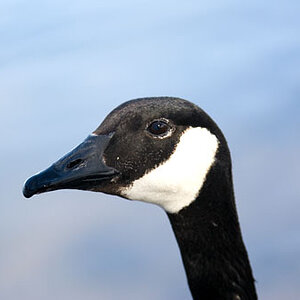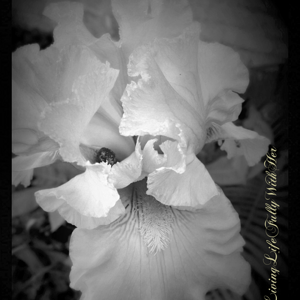AlexD70s
TPF Noob!
- Joined
- Mar 1, 2007
- Messages
- 10
- Reaction score
- 0
- Location
- CA
- Can others edit my Photos
- Photos OK to edit
I've been using my DSLR for a couple of years now shooting family, friends, etc and last year I went on cruise vacation and there were studio stations for everyone for everyone to take their formal pictures before dinner.
Is it hard to learn studio portrait photography?
Where/How can I learn?
What equipment / brand names should i buy?
What range in price does the equipment cost (lights, umbrellas, reflectors etc)? I don't want the cheapy stuff...i want the equipment to be durable and last for years.
What lens' are mostly used for studio portrait photography?
If I get good, maybe i'll start a home business....just an idea.
Thanks for reading,
Alex
Is it hard to learn studio portrait photography?
Where/How can I learn?
What equipment / brand names should i buy?
What range in price does the equipment cost (lights, umbrellas, reflectors etc)? I don't want the cheapy stuff...i want the equipment to be durable and last for years.
What lens' are mostly used for studio portrait photography?
If I get good, maybe i'll start a home business....just an idea.
Thanks for reading,
Alex



 I suspect that the vast majority of photographers, amateur or professional, are as well.
I suspect that the vast majority of photographers, amateur or professional, are as well. 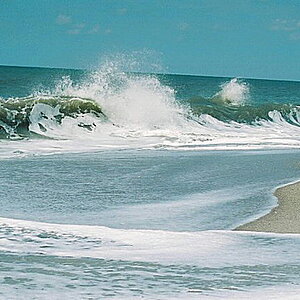
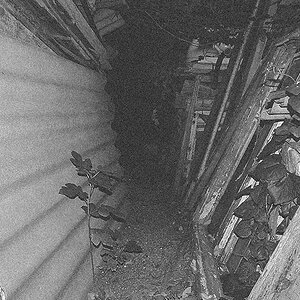
![[No title]](/data/xfmg/thumbnail/33/33450-b94d8a06a911e01c39df688c57b4745e.jpg?1619735974)
![[No title]](/data/xfmg/thumbnail/37/37622-530e264cdd98e6648079b89d7d3cd356.jpg?1619738153)
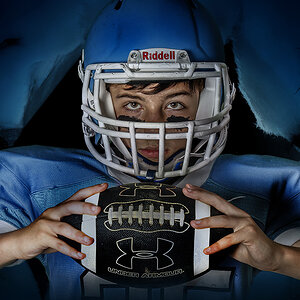
![[No title]](/data/xfmg/thumbnail/32/32706-50b778fbc110c8ea4472547d54c6a923.jpg?1619735610)
![[No title]](/data/xfmg/thumbnail/39/39293-55a527d2a9b287bf5e5b6d118abab22c.jpg?1619738958)
![[No title]](/data/xfmg/thumbnail/42/42348-b961c40032587da9952402de14b5976a.jpg?1619740146)

![[No title]](/data/xfmg/thumbnail/39/39532-073f9eb14e26e2b99cc29112b92a2ab6.jpg?1619739072)
